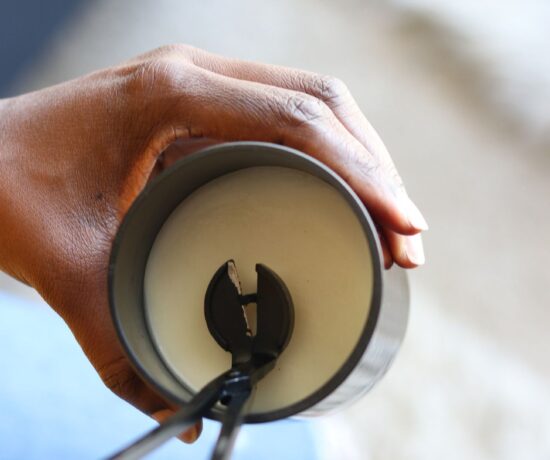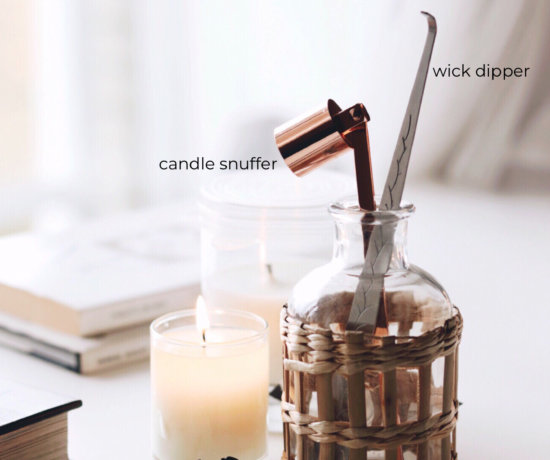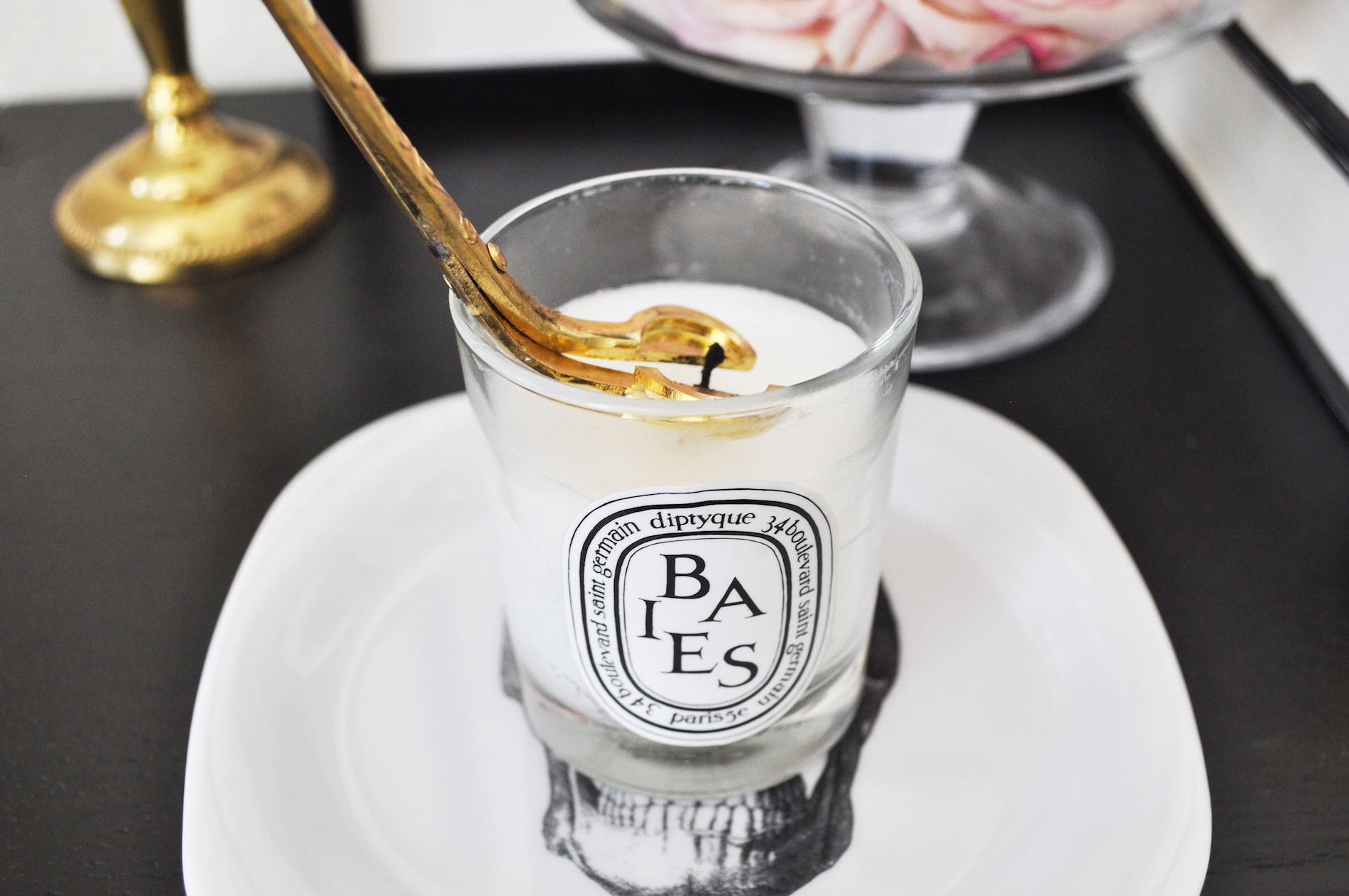In the world of scented candles, the type of wax you choose plays a pivotal role in determining the quality and experience of your candle. With a myriad of options available, it’s essential to understand the pros and cons of each to make an informed decision. Here’s a comprehensive breakdown of the most popular waxes in the market:
1. Soy Wax: The Green Candle
- Pros: Derived from soybean oil, this renewable and biodegradable wax ensures a clean burn and boasts an impressive scent throw.
- Cons: On the downside, it might pinch your pocket a bit more and might not retain color as effectively as its counterparts.
- Melting Point: Ranges from 113-127 ℉ (45-53 ℃)*
2. Beeswax: The Natural Wonder
- Pros: A gift from nature, beeswax is hypoallergenic and comes with a delightful hint of honey aroma. Plus, its slow burn ensures your candle’s longevity.
- Cons: It ranks high on the price scale and might not align with vegan preferences.
- Melting point: Ranges from 144-149 ℉ (62-65 ℃)*
3. Paraffin Wax: The Traditional Favorite
- Pros: A byproduct of petroleum, this widely-used wax is budget-friendly and excels in holding both color and aroma.
- Cons: Being a non-renewable resource, it might emit more soot compared to its natural counterparts.
- Melting Point: Ranges from 115-142 ℉ (46-61 ℃)*
4. Coconut Wax: The Creamy Delight
- Pros: Extracted from hydrogenated coconut oil, this sustainable wax promises a clean burn and a creamy texture that’s hard to resist.
- Cons: Its availability might be limited, and it’s slightly heavier on the wallet.
- Melting Point: Ranges from 124-127℉ (51-53 ℃)*
5. Rapeseed Wax: The Clean Burner
- Pros: Originating from the rapeseed plant’s oil, this biodegradable wax is known for its clean burn.
- Cons: It might not release the fragrance as intensely as others and can be a tad more expensive.
- Melting Point: Ranges from 126-130°F (52-54°C)
6. Palm Wax: The Aesthetic Appeal
- Pros: Derived from natural oil palm, its standout feature is the crystalline structure, adding a touch of elegance to your candles.
- Cons: However, it’s crucial to be aware of the environmental implications of palm oil production. Opt for brands that prioritize sustainable sourcing.
- Melting Point: 180°F (82°C)
7. Vegetable Wax: The Versatile Option
- Pros: Often a blend of various vegetable oils, this wax is renewable and offers a clean burn. It’s also versatile, making it suitable for various candle applications.
- Cons: Depending on the blend, it may have a variable scent throw and might be slightly pricier than some other options.
- Melting Point: 104°F to 176°F (40-80°C) *Note that the exact melting point can differ based on the type of vegetable wax (e.g., soy wax, palm wax) and any additives or blends used.
In conclusion, the journey to finding the perfect wax for your scented candles hinges on factors like budget, fragrance intensity, and eco-friendliness. By weighing the strengths and limitations of each wax, you can enhance your candle-making and burning experience manifold. Happy candle crafting!
*Always refer to the manufacturer’s specifications for precise details on a particular product.




